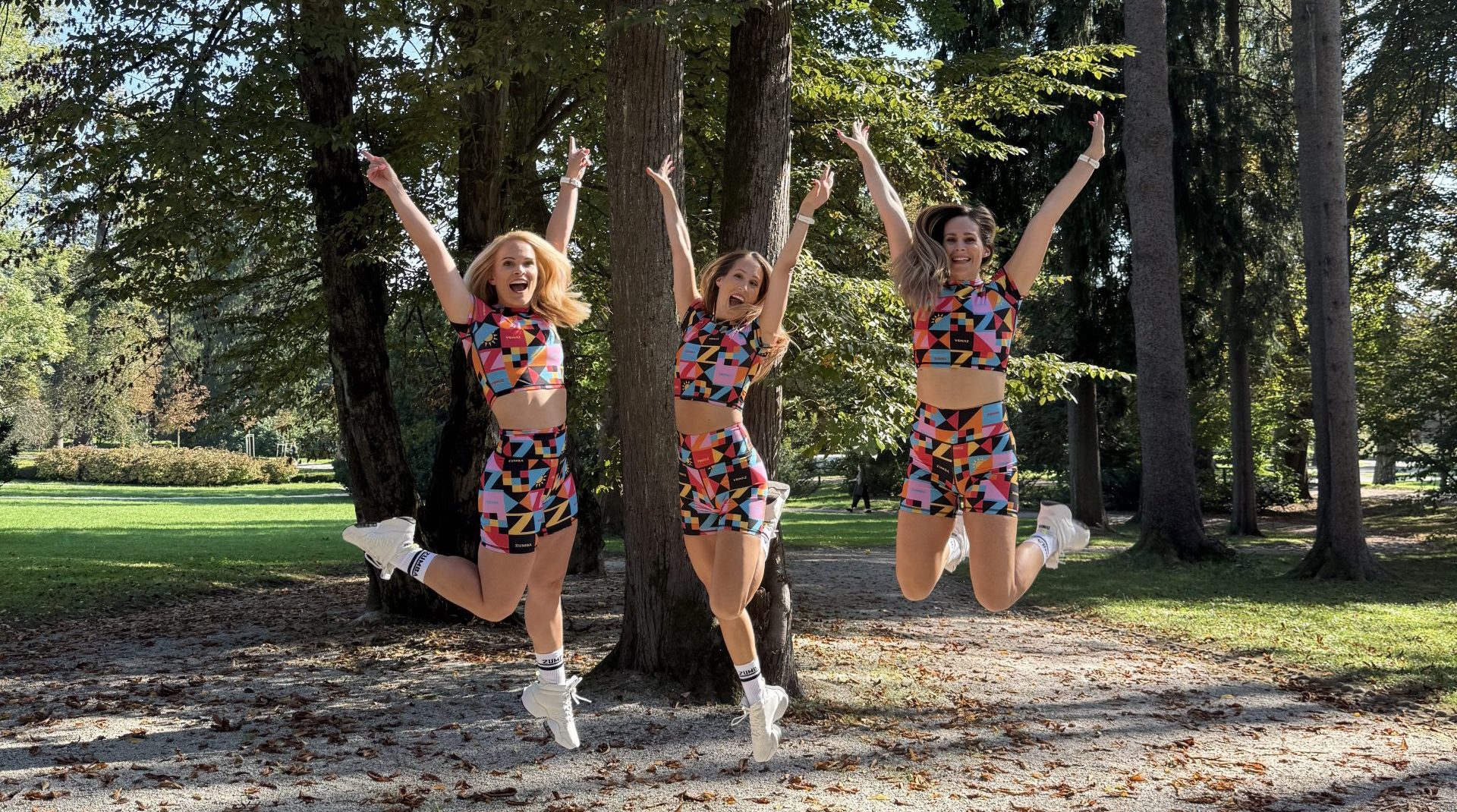
What Are the Benefits of Pilates
Pilates has become one of the most popular forms of exercise around the world, known for its ability to strengthen the body and calm the
Pilates has often been seen as a gentle workout focused on stretching and core stability. But as more people explore its benefits, the question comes up more often: is Pilates strength training? The answer depends on how you define strength training and what your fitness goals are.
Traditional strength training involves resistance, load, and progressive overload to build muscle mass and improve muscular endurance. Think lifting dumbbells, using resistance machines, or doing bodyweight exercises like push-ups and squats.
Pilates may not involve lifting heavy weights, but it does rely on body resistance, core engagement, and controlled movement patterns. When done correctly and consistently, it improves muscle tone, postural alignment, and muscular endurance—especially in the core, hips, glutes, and back. Some Pilates formats also use tools like resistance bands, rings, or reformers, adding extra resistance to the movements.
So while it may not replace traditional strength workouts for building large muscle mass, it still qualifies as a form of low-impact, bodyweight-based strength training.
Whether you’re doing a mat routine or using a reformer, Pilates routines demand muscular effort, especially when executed with precision.
Let’s break down how Pilates compares to weight training:
| Feature | Pilates | Traditional Strength Training |
| Resistance Source | Bodyweight, springs, bands | Dumbbells, barbells, machines |
| Focus | Core, flexibility, posture | Hypertrophy, strength, endurance |
| Risk of Injury | Lower | Higher, especially with poor form |
| Learning Curve | Medium (focus on control) | Depends on lift and load |
| Joint Impact | Low | Can be high with heavy load |
Pilates provides a unique set of benefits, especially for people who want to gain strength without lifting heavy weights. However, if your goal is to build maximum muscle mass or improve your one-rep max, traditional resistance training remains more effective.
Pilates becomes more like strength training when:
Programs like Pilates Reformer and Power Pilates lean further into strength-building. Advanced mat work with slow transitions and minimal rest also challenges muscles in a way similar to circuit training.
At Zumbalicious Crew, we specialize in high-quality dance training with great energy and good vibes. Our focus is on Zumba—but we recognize the value of diverse training styles.
Adding Pilates to your routine makes sense if you want:
Many of our members pair their dance workouts with Pilates for balanced conditioning. Our instructors, Anita, Lara, and Marjeta, bring the same attention to movement quality in Zumba that Pilates is known for.
Yes—Pilates is strength training, especially when programmed with intent and resistance. It’s not the same as pumping iron, but it builds control, endurance, and strength in a functional way. It improves posture, tones muscles, and supports long-term physical health.
That makes it an excellent complement to other workouts like Zumba, where cardio and coordination are front and center. Together, they provide a well-rounded fitness experience.
Join our community and enjoy the best of both:
Our platform supports your journey to becoming stronger, more confident, and more consistent. Whether you’re flowing through a Pilates series or dancing with us to Latin beats, you’re investing in strength that lasts. Sign up today and enjoy a 30-day free trial. Cancel anytime.

Pilates has become one of the most popular forms of exercise around the world, known for its ability to strengthen the body and calm the
Pilates is often praised for its ability to improve posture, flexibility, and core control — but one of the most common questions people still ask

When people first hear about Pilates, they often wonder: Is Pilates hard? The answer isn’t simple, because the difficulty depends on your fitness level, experience,

Pilates can build muscle, but the type of gains differ from those achieved with traditional resistance training. It strengthens core and stabiliser muscles, improves posture,

Learn how pilates exercises improve strength, flexibility, and posture while offering a low-impact, full-body workout suitable for all fitness levels. Introduction If you’ve been exploring